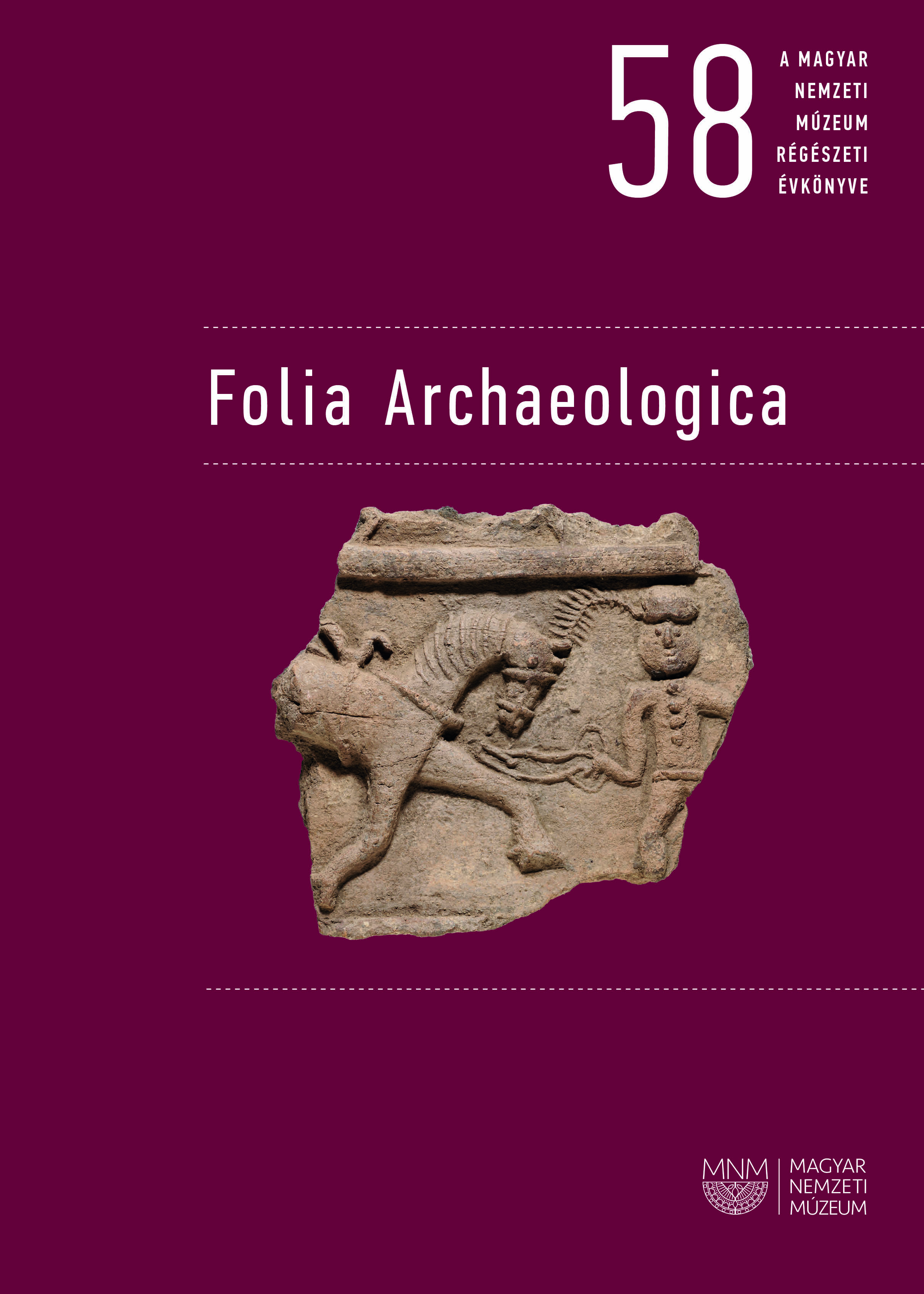A High-Resolution Study of Bronze Age Fish Remains from Százhalombatta-Földvár, Hungary
DOI:
https://doi.org/10.62259/WHIP6137Keywords:
Bronze Age fishing, fine recovery, systematic sampling, heavy fraction, taxonomic identification, seasonalityAbstract
The lack of archaeozoological data for fish exploitation in the Carpathian Basin has been explained by unsuitable collection methodologies. Due to the fragility and small size of fish bones, they can pass through hand-collection undetected, with the resulting assemblages thus disproportionately representing larger animal species. This article offers an analysis of soil samples taken over a decade from the Bronze Age Tell Site of Százhalombatta-Földvár, on the right bank of the Danube in Hungary. We carried out a comparative study of animal remains retrieved from the heavy fraction following the flotation of 10 l samples taken in randomly sampled columns over the 20 × 20 m excavation area. Constructing a standardized way of sampling methodology is at the core of this study. Column samples will be used, as they provide an in-situ section. Contrasting the quantities of fish bone finds between these parts of the excavated surface became essential to understand how collection methods improve our understanding of prehistoric fish exploitation. According to our analysis, fine recovery provides data that are more difficult to identify from a taxonomic point of view, but can be better evaluated using quantitative methods. For this reason, the heavy fraction is less suitable for reconstructing the fish fauna of the time, but rather shows the spatial regularities of fish processing and consumption. The identifiable fish remains in the heavy fraction also reflect the trend previously outlined based on the fish remains found in the entire zoological material. The dietary role of fish was minor, occasional fishing was likely most intensive during the spring and summer months. This may have coincided with the outdoor processing and consumption of fish, as confirmed by the spatial distribution of the fish bones extracted from the heavy fraction at this site.


